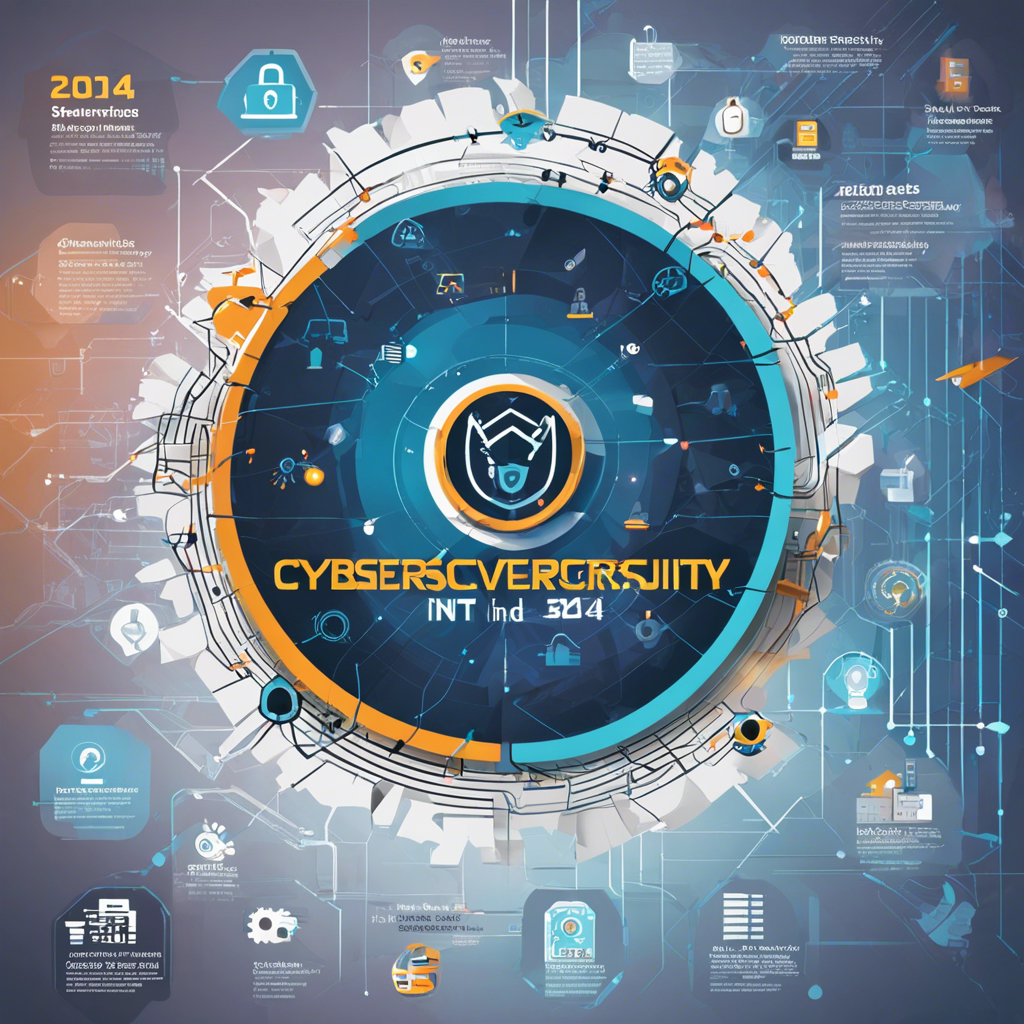As technology continues to advance, so do the methods and sophistication of cybercriminals. 2024 is expected to present a new set of challenges for cybersecurity professionals worldwide, with threats becoming increasingly complex and widespread. From advanced malware to innovative social engineering techniques, the cyber landscape is evolving at an unprecedented rate. In this ever-changing environment, keeping up with the latest trends and safeguards is essential for individuals and organizations alike. So, what should we be prepared for in the coming year?
One of the most significant concerns for 2024 is the rise of Artificial Intelligence (AI) and its potential for misuse. AI-powered attacks could soon become the norm, with hackers utilizing machine learning to automate and enhance their tactics. These attacks may include automated phishing campaigns, where AI writes and sends targeted emails, increasing the likelihood of success, and AI-driven malware that adapts and evolves to bypass traditional security measures. Such sophisticated techniques demand equally advanced solutions, such as AI-powered security tools that can identify and neutralize these threats in real-time. Cybersecurity companies are investing in developing AI-based systems to detect and mitigate these new types of attacks.
Another emerging threat is the increasing attack surface presented by the Internet of Things (IoT). With more devices connected to the internet, from smart home systems to industrial equipment, the potential entry points for hackers multiply. Securing these devices is crucial, as they can act as gateways to larger networks, allowing malicious actors to breach critical infrastructure and personal data. The solution lies in implementing robust security protocols and designing IoT devices with security as a priority, ensuring they are less vulnerable to external interference.
In response, the cybersecurity industry is developing innovative solutions. Blockchain technology, for instance, is being employed to enhance data security and prevent tampering, while behavioral analytics can identify suspicious patterns and alert of unusual activity. Additionally, the concept of zero-trust security is gaining traction, where verification is required for every user and device trying to access a network or system, minimizing the risk of unauthorized access.
Preparation is key in the battle against cyber threats. Organizations must invest in up-to-date security systems and educate their employees on the latest threats and best practices. By staying informed and proactive, we can protect ourselves and our digital assets from the evolving dangers of the cyberworld. The cybersecurity industry is ready to face these challenges head-on, developing cutting-edge solutions to safeguard our digital future.




